Hell Strips 2015
WoodsTea 6a MO
9 years ago
Featured Answer
Sort by:Oldest
Comments (99)
WoodsTea 6a MO
8 years agoUser
8 years agolast modified: 8 years agoRelated Discussions
New Sidewalk - Suggestions for "Hell Strip" Grass
Comments (3)Bluegrass will require more watering in that locale (or be allowed to go dormant) since hellstrip areas tend to be hot and dry. I think, personally, that TTTF or even a rougher fescue would be your best bet. They're more drought resistant, will require watering less often, and tend to be extremely durable. Mix in some KBG for spreading ability just in case the TTTF doesn't dominate...but the KBG somehow does well....See MoreOT: Back patio and "hell strip"
Comments (74)There was fake turf on the playground at a school where my kids attended at one point, and there is maintenance involved with it (replenishing/leveling the infill material). I'm sure it's more frequent at a school where it gets heavy use vs. at a residence. I have a neighbor who has it in the backyard and they have dogs. She said she uses Simple Green to clean up dog messes :-/ Athletes who play and practice on artificial turf have brought up health concerns, so there's controversy around that (without a lot of research), so that's also something to consider for those with young kids and/or pets. I tend toward the other extreme (shying away from chemical fertilizers and pesticides) even it if means not having grass look perfect and green all the time and sharing my landscape with creatures who leave unsightly holes in leaves, etc. I think artificial turf has its place and looks (and functions) great in the right application, but it would really bum me out to go out in my own yard and be walking on plastic....See MoreGrass or other solution for difficult double hell strip
Comments (6)This doesn't sound conducive to a lawn. These people who park there and exit the cars onto the strip...are they friends of yours of are they visiting someone else? If they were not friends I would put up a bank of Knock-Out Roses on both sides of the sidewalk with plenty of mulch underneath. If they are friends, then grass should work. Dog pee burns are caused by excess nitrogen from the urine. A quick solution to that is to scatter table sugar over the area. Over a longer term you might simply spray liquid molasses (diluted of course) over the area every couple of weeks. The dilution doesn't much matter but 3 ounces per gallon of water should be fine and will go through the sprayer. If you use a hose end sprayer, then you have to dilute it going into the bottle or it will gum up the sprayer. The sugar works by causing the bacteria in the soil to populate. Those bacteria are the critters that will process the organic nitrogen from the urine and keep the plants from yellowing. Once the bacteria levels are right, then the urine becomes fertilizer and will result in green spots in the grass. That area is small enough you could keep it manicured with a string trimmer. I used to use one of those for my entire front lawn. You can swing the trimmer in a 10 foot arc so it really goes fast. But don't go crazy. The grass should be 4 inches tall after mowing....See MoreTurning hell strip into annual mini-meadow
Comments (18)Plant perennials, too, so you don't have to start over every spring. Bulbs are great for that first shock of color before "regular plants" have come up. Then they die back and the spring flowering begins. I had a strip like this about 100 ft. long. The city made me cut off my aster because it was too tall. I have come to love daisies, butterfly weed, bluebells and gaillardia (although gaillardia is only short-lived perennial). I love penstemon, but my experience with it is that it only lasts a few years so I've moved on to other plants/flowers. Have you considered peonies for early spring? Good luck! Even if you don't hear it, I'm sure people smile and feel good when they see your blooms....See MoreWoodsTea 6a MO
8 years agowantonamara Z8 CenTex
8 years agolast modified: 8 years agoWoodsTea 6a MO
8 years agoWoodsTea 6a MO
8 years agoUser
8 years agoWoodsTea 6a MO
8 years agoUser
8 years agowantonamara Z8 CenTex
8 years agolast modified: 8 years agoMarie Tulin
8 years agoUser
8 years agoWoodsTea 6a MO
8 years agoWoodsTea 6a MO
8 years agoUser
8 years agolast modified: 8 years agoWoodsTea 6a MO
8 years agoUser
8 years agolast modified: 8 years agoMarie Tulin
8 years agoWoodsTea 6a MO
8 years agoUser
8 years agolast modified: 8 years agoUser
8 years agovioletwest
8 years agoUser
8 years agovioletwest
8 years agoWoodsTea 6a MO
8 years agoUser
8 years agoMarie Tulin
8 years agoWoodsTea 6a MO
8 years agoUser
8 years agolast modified: 8 years agoUser
8 years agoWoodsTea 6a MO
8 years agoUser
8 years agolast modified: 8 years agoUser
8 years agoUser
8 years agolast modified: 8 years agoUser
8 years agoa2zmom_Z6_NJ
8 years agoUser
8 years agoWoodsTea 6a MO
8 years agoUser
8 years agoWoodsTea 6a MO
8 years agoWoodsTea 6a MO
8 years agoUser
8 years agoUser
8 years agoUser
8 years agoMarie Tulin
8 years agoUser
8 years agoUser
8 years agolast modified: 8 years agoWoodsTea 6a MO
8 years agoUser
8 years agolast modified: 8 years ago
Related Stories
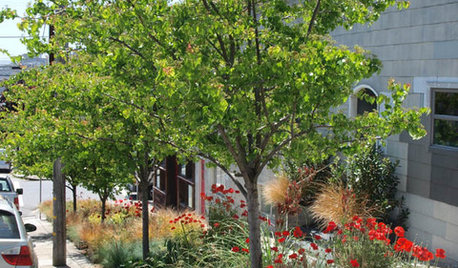
CURB APPEALTake Your Hell Strip to Heavenly Heights: 8 Design Ideas
Trade weedy dirt and trash for a parking strip filled with wispy grasses, low-growing flowers and textural trees
Full Story
FARM YOUR YARDHow to Farm Your Parking Strip
Get an up-close look at a thriving street-side edible garden, one of many sprouting up in Seattle
Full Story
MOST POPULARThe 20 Most Popular Bathrooms of 2015
Get a handle on bathroom trends with a look at readers’ favorites this year
Full Story
THE HARDWORKING HOMECES 2015: Inching Toward a Smarter Home
Companies are betting big on connected devices in 2015. Here’s a look at what’s to come
Full Story
DECORATING GUIDESTop Design Trends From the Winter 2015 Las Vegas Market
Interior designer Shannon Ggem is tracking finishes, motifs and design combinations at the 2015 show
Full Story
COLORHow to Use Marsala, Pantone’s 2015 Color of the Year
Pantone digs deep and goes earthy with its selection. Here are ways to make it work in your home
Full Story
MOST POPULARTrend Watch: 13 Kitchen Looks Expected to Be Big in 2015
3 designers share their thoughts on what looks, finishes and design elements will be on trend in the year ahead
Full Story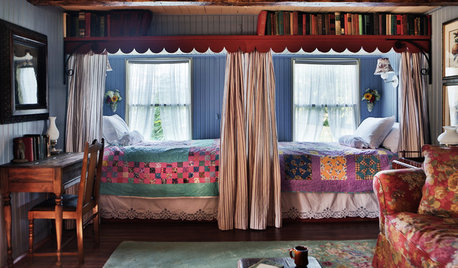
BEDROOMSThe 20 Most Popular Bedrooms of 2015
Whether expansive and luxe or tight and cozy, Houzzers’ favorites are places where we’d fall asleep as soon as our heads hit the pillows
Full Story
CLOSETSThe Most Popular Closets of 2015
These closets are only a dream for most of us, but they’re full of great ideas
Full Story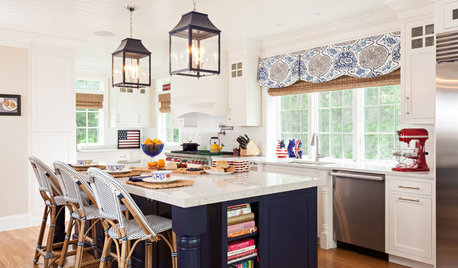
KITCHEN DESIGNThe 20 Most Popular Kitchen Photos of 2015
Cabinetry sees some big changes, and color returns
Full Story


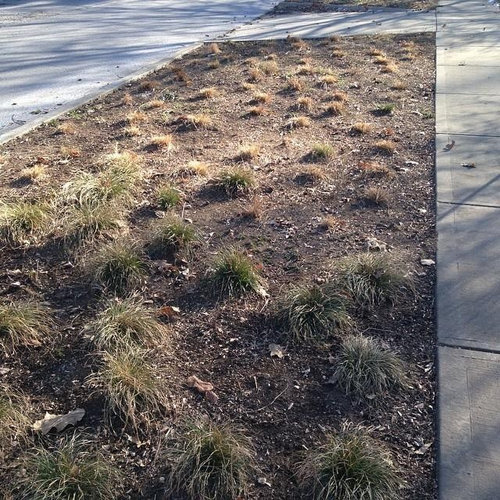

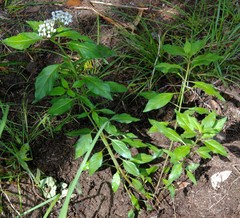
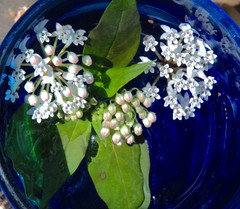
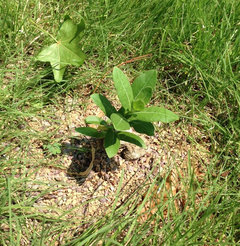
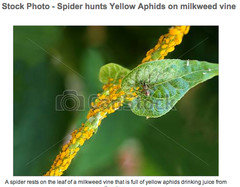

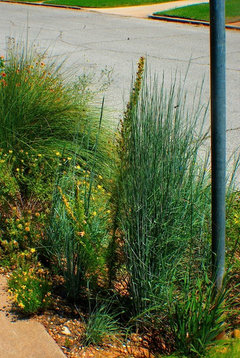
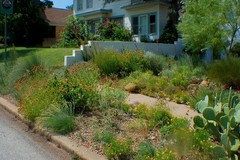





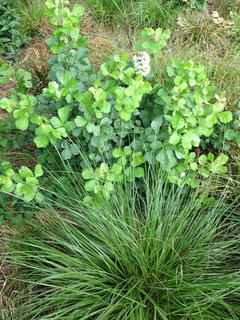


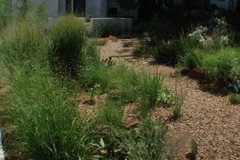

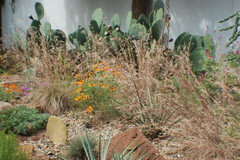
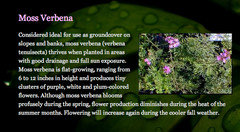

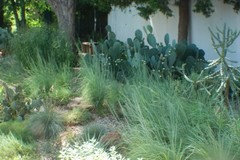




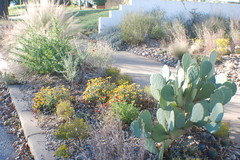




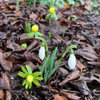
WoodsTea 6a MOOriginal Author